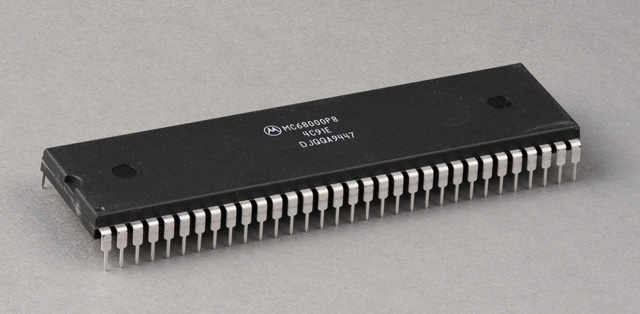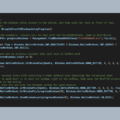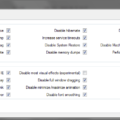Overview
This page contains a number of simple tricks and optimizations for speed on the the Motorola 68000 (m68k) chip for use on the Commodore Amiga.
This list was compiled after relearning Amiga assembler programming in 2016 after a 25 year gap. I wish I’d had this information in the 90s – I didn’t even know about moveq for the longest time!
Most of the information was found whilst trawling through the English Amiga Board coding forums and this amazing article from BYTE magazine.
Note: The information here is specifically targeted at the Amiga and base 68000 – some of these optimizations won’t be effective on a 68020 or later.
Basic Optimizations
Here are some basic optimizations. Generally these are drop-in replacements that can be used without much thought.
| Unoptimized | Optimized | Notes |
|---|---|---|
| clr.l d0 | moveq.l #0,d0 | moveq is faster than clr. Also this sign-extends to 32-bits so even though the value can only be -128 to +127 it is very useful for ensuring the high 16-bits are cleared. |
| movea.l #0, a0
or sub.l a0,a0 | moveq.l #0,d0 move.l d0,a0 | |
| lsl.w #1,d0 | add.w d0,d0 | 1 add is quicker than a shift. |
| lsl.w #2,d0 | add.w d0,d0 add.w d0,d0 | Even 2 adds is quicker than a shift. |
| adda.w #10,a0 | lea 10(a0),a0 | |
| moveq.l #16,d0 ror.l d0,d1 | swap d1 | Shifting left by 16 bits. Swapping is quicker. |
| moveq.l #15,d0 ror.l d0,d1 | swap d1 rol.l #1,d1 | Shifting left 15 bits. Swapping followed by a single shift is quicker. |
| add.w d0,a0 move.l (a0),a1 | move.l 0(a0,d0.l),a1 | |
| cmpi.l #num,d0 | moveq.l #num,d1 cmp.l d1,d0 | num must be in the range -128 to +127. |
Additional Optimizations
These are some additional optimizations that can be used:
| Unoptimized | Optimized | Notes |
|---|---|---|
| bsr.s someroutine rts someroutine: … rts | bra.s someroutine
someroutine: | If returning directly after a “jsr” or “bsr” call then you can just use a basic branch and let the subroutine do the return. |
| jsr sub1 jsr sub2 jsr sub3 rts | pea sub3 pea sub2 jmp sub1 | Pushing return addresses onto stack in reverse order, then directly jumping to the first sub-routine. (68000 only). After each sub-routine does “rts” it will “return” to the start of the next subroutine. |




